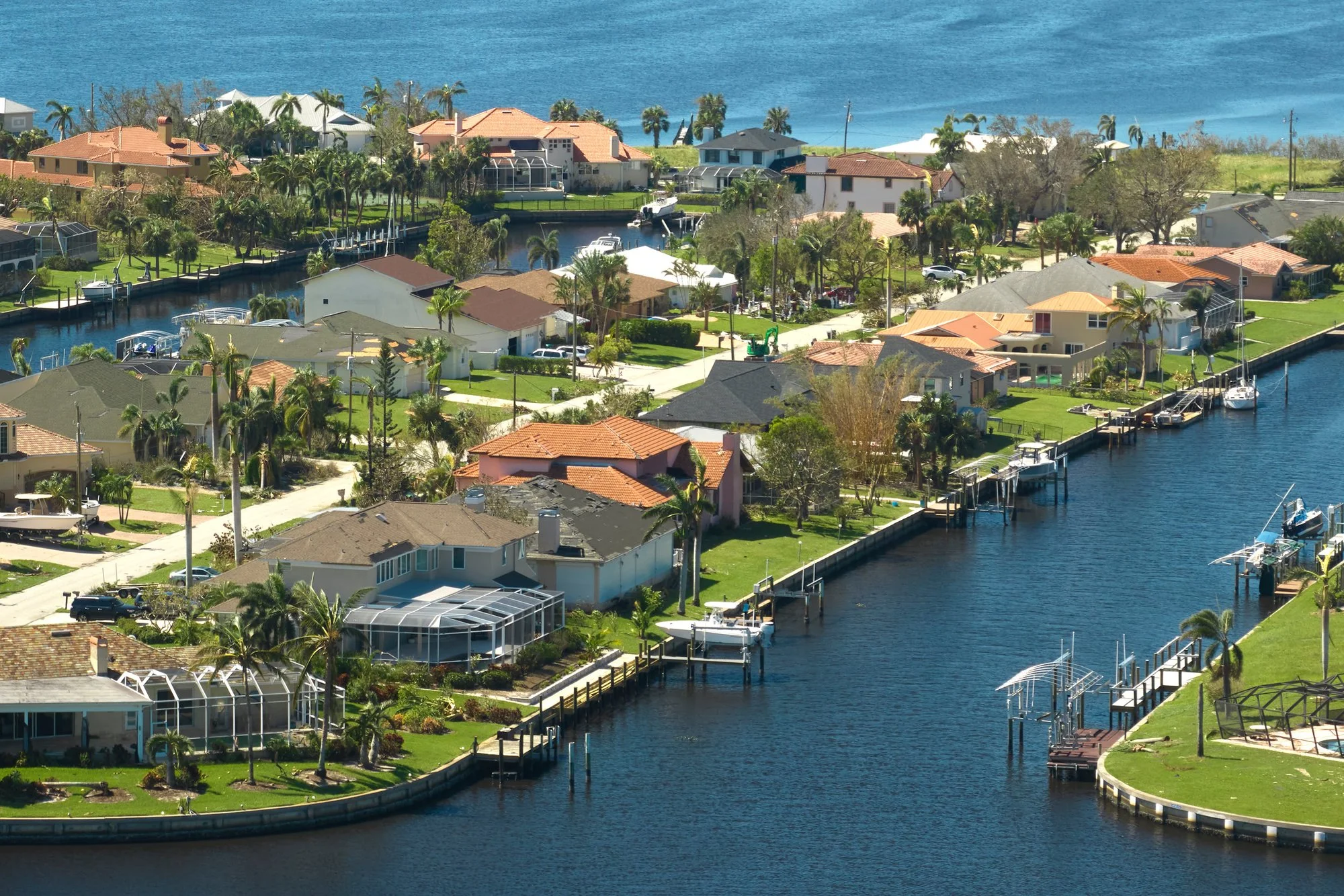An Essential Guide To Selecting The Right Property In A Coastal Area
Investing in a coastal property can be a dream come true. The allure of the ocean, combined with the unique lifestyle that coastal living offers, makes it an attractive prospect for many. However, the process involves more than just falling in love with a beautiful view.
From understanding the local climate to considering the property’s resilience against natural elements, there’s a lot to consider. Here’s an essential guide to help you make an informed decision on your coastal property purchase:
Understand The Local Climate
As you explore properties from a real estate platform like RealtorFinder, you have to keep in mind that the climate in coastal regions can vary significantly from one area to another. Familiarize yourself with the local weather patterns, including seasonal changes, average temperatures, and humidity levels.
A property that’s perfect in the summer might not be as inviting during the winter months. Researching the climate will also give you insights into whether you’ll need to invest in specific home features, like air conditioning or storm shutters.
1. Assess The Property’s Resilience
Once you’ve familiarized yourself with the local climate and its impact on your living experience, it’s crucial to turn your attention to how well your potential new home stands up to these conditions. Assessing the property’s resilience is vital.
Look for homes built with durable materials and those that adhere to the latest building codes for storm resistance. Consider the property’s elevation and its distance from the shoreline, as a beautiful beachfront view could come with the risk of flooding.
Furthermore, in planning for any renovations or enhancements to bolster resilience against natural disasters, engaging with a 3D rendering company like RealSpace3D can be invaluable. These firms can provide detailed visualizations of proposed structural modifications, helping you envision how these changes will improve the property’s durability and withstand various scenarios.
Although this step is not a substitute for professional engineering assessments, such companies may offer a unique perspective on potential improvements. As a result, it can provide you peace of mind and valuable insights into enhancing your property’s resilience.
2. Evaluate The Local Community
With a strong understanding of a property’s resilience to natural elements, the next step is to immerse yourself in the broader context of your potential waterfront vacation home: the local community. Explore the neighborhood to get a feel for the local culture, amenities, and services.
Are there community gatherings or clubs you’d be interested in? How about restaurants, shops, and healthcare facilities? A vibrant community can greatly enhance your coastal living experience.
3. Consider Accessibility And Convenience
After exploring the vibrant life and amenities within the local community, it’s equally important to consider how accessible your coastal haven is, both for everyday logistics and those special getaways. For example, if you’re planning to use it as a vacation home, consider the distance from your primary residence and the availability of airports or public transportation.
For those looking to move permanently, assess the daily commute to work or school. Accessibility and convenience are crucial to enjoying your coastal lifestyle to the fullest.
4. Investigate Insurance And Maintenance Costs
Having contemplated the accessibility of your dream coastal property, the next crucial step involves considering the ongoing costs of property maintenance and insurance. Doing so ensures your dream home remains a joy, not a burden.
You have to know that owning a property in a coastal area often comes with higher insurance premiums, especially for flood insurance. So, research insurance costs thoroughly and factor them into your budget.
Maintenance is another important consideration. Saltwater and humid climates can accelerate wear and tear on a property. Make sure you’re prepared for the potential higher costs of upkeep.
5. Check For Environmental Restrictions
As you consider the financial aspects of coastal property ownership, it’s also wise to investigate any environmental restrictions that might influence your property. Therefore, before making a purchase, check for any limitations that could impact your ability to make modifications or additions to the property. Understanding these restrictions ahead of time can save you from headaches and disappointment down the line.
6. Explore Financing Options
Financing a coastal property can differ from other types of real estate purchases. Some lenders may require higher down payments or have stricter loan approval criteria due to the increased risks associated with coastal properties. Shop around for financing options and consider speaking with a mortgage broker who specializes in coastal real estate.
7. Plan For The Future
Think about your long-term plans when buying a beachfront property. Are you looking for a temporary retreat or a permanent residence? Consider how your needs may change over time and whether the property can accommodate those changes. For instance, a cozy beachfront cottage might be perfect now, but will it still suit your needs if your family grows?
Conclusion
Selecting the right property in a coastal area is a journey that requires careful consideration and thorough research. By focusing on your needs, understanding the local market, and considering the unique aspects of coastal living, you’ll be well on your way to finding a home that not only meets but exceeds your expectations. Enjoy the process, and soon, you’ll be soaking up the coastal lifestyle you’ve always dreamed of.







